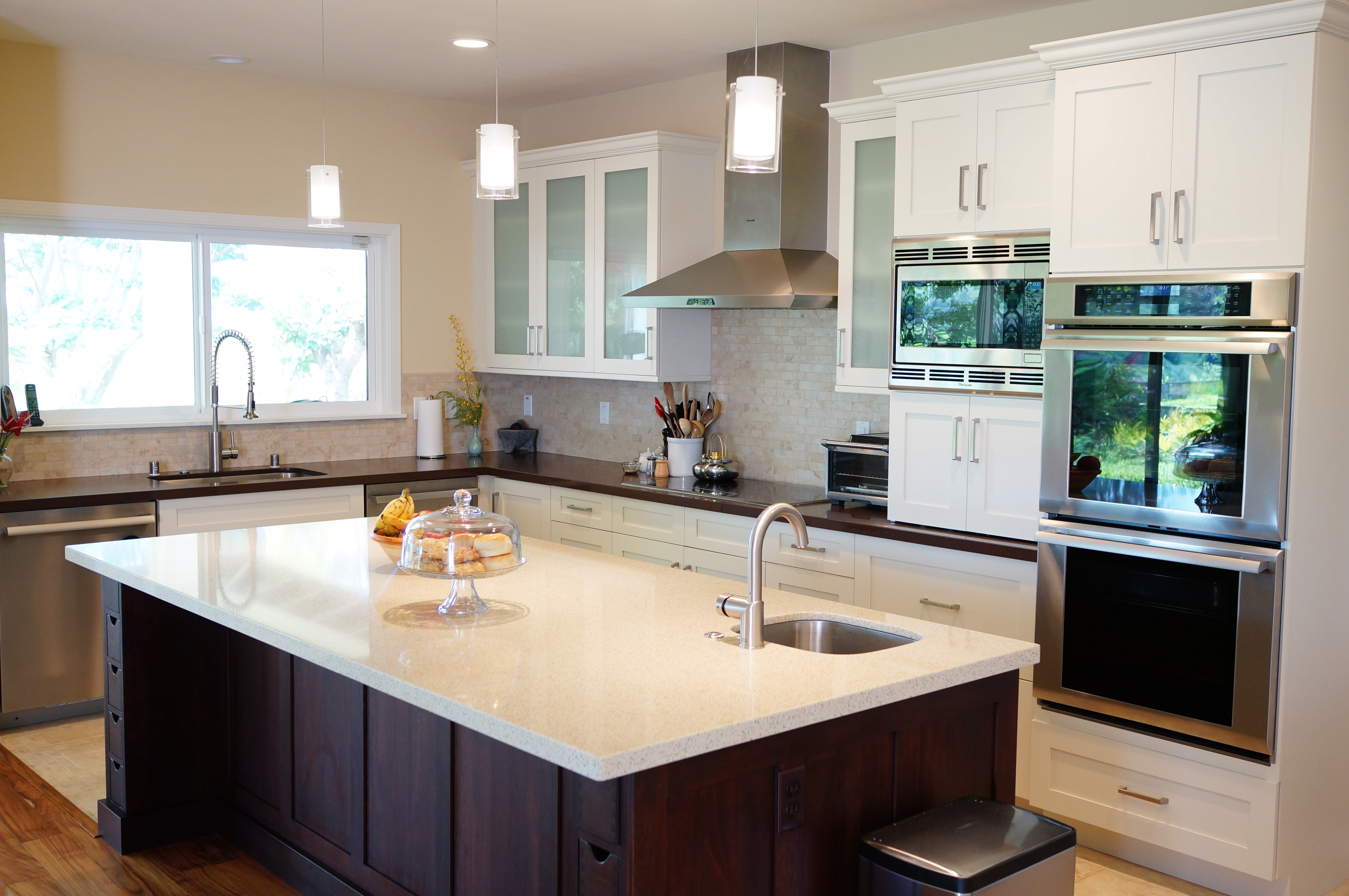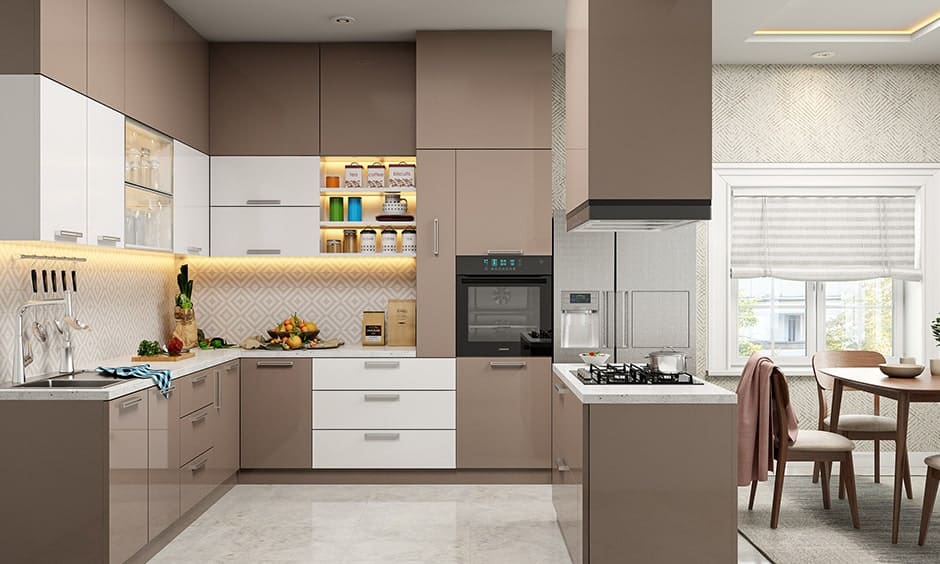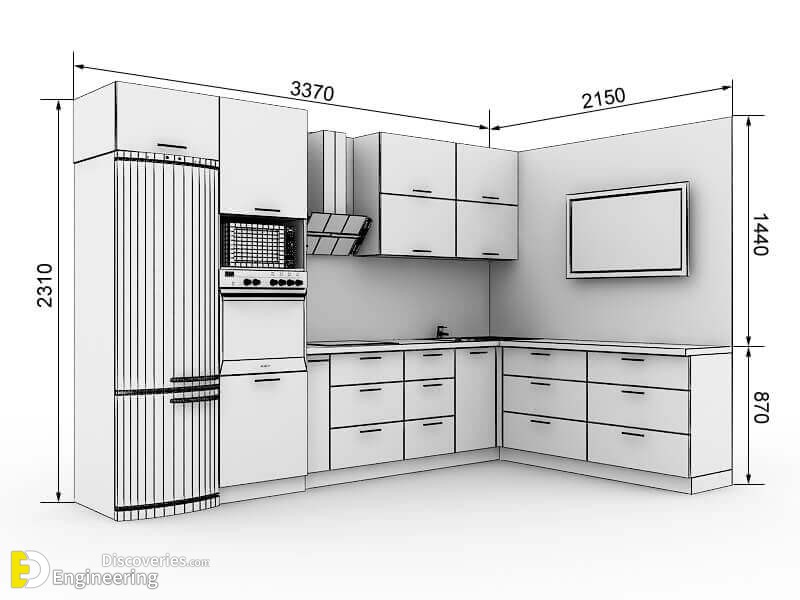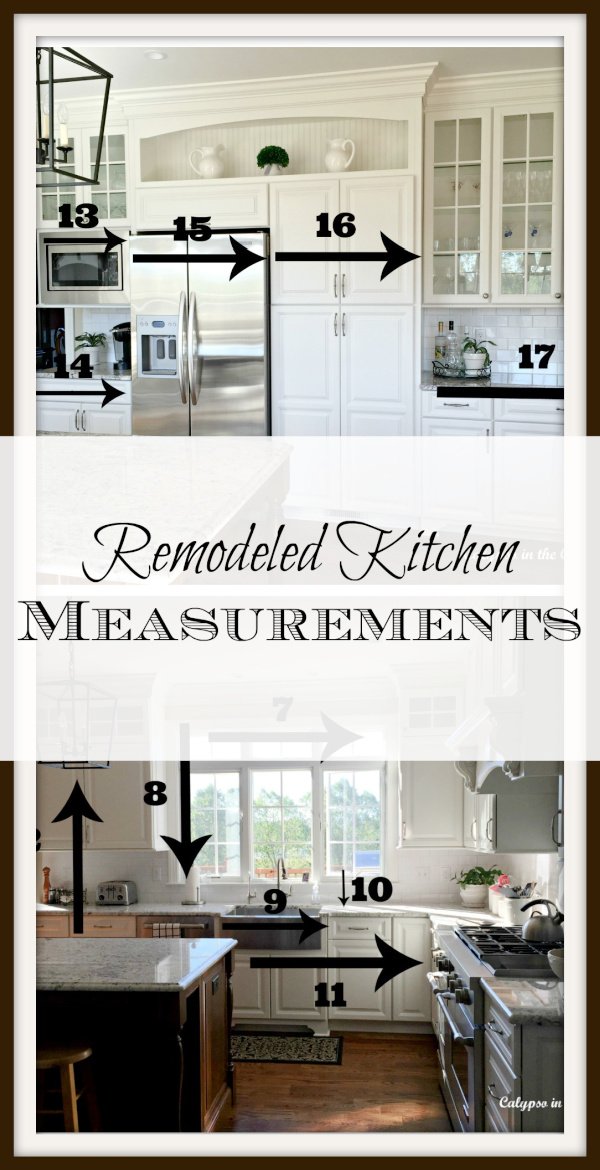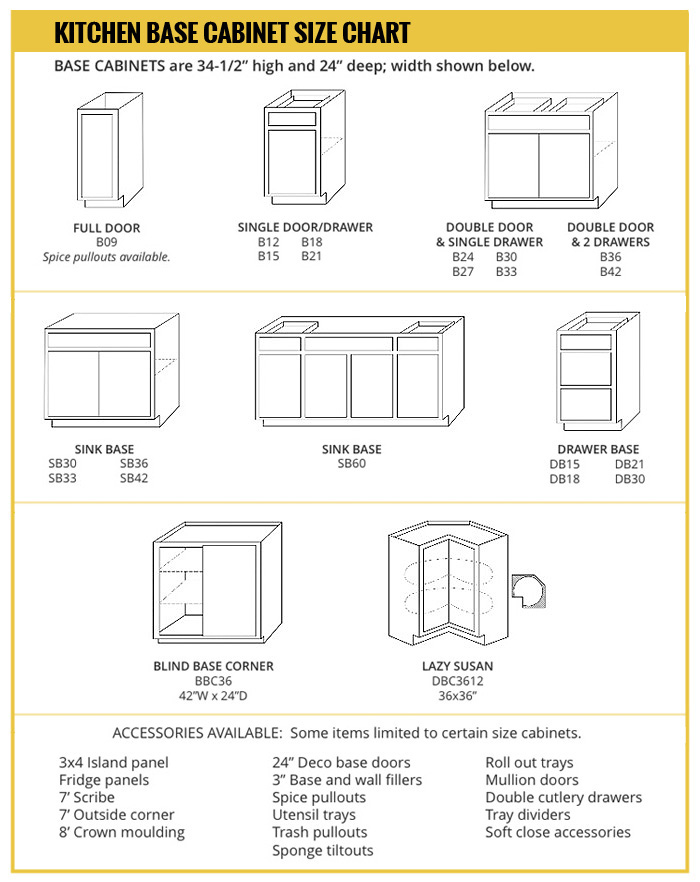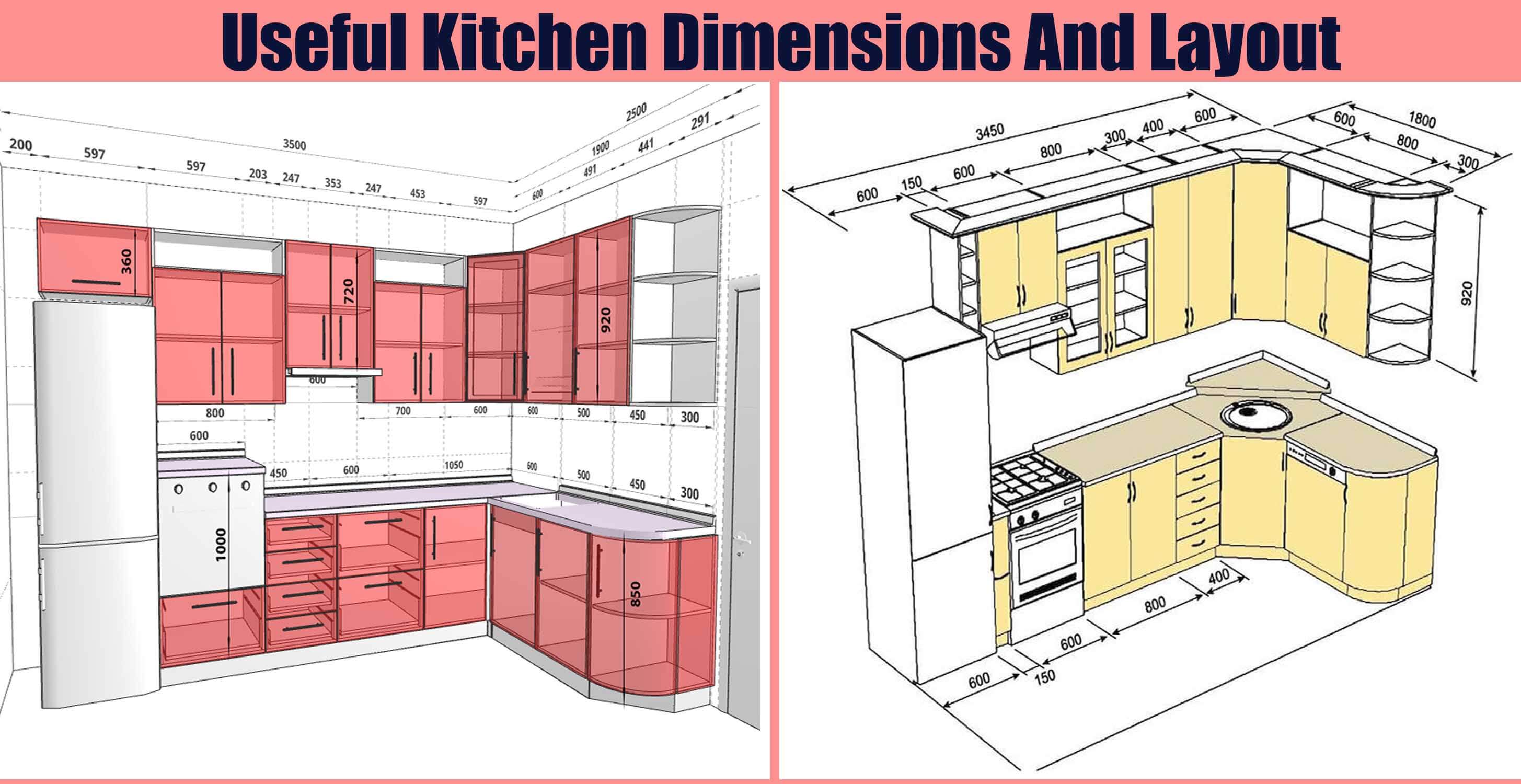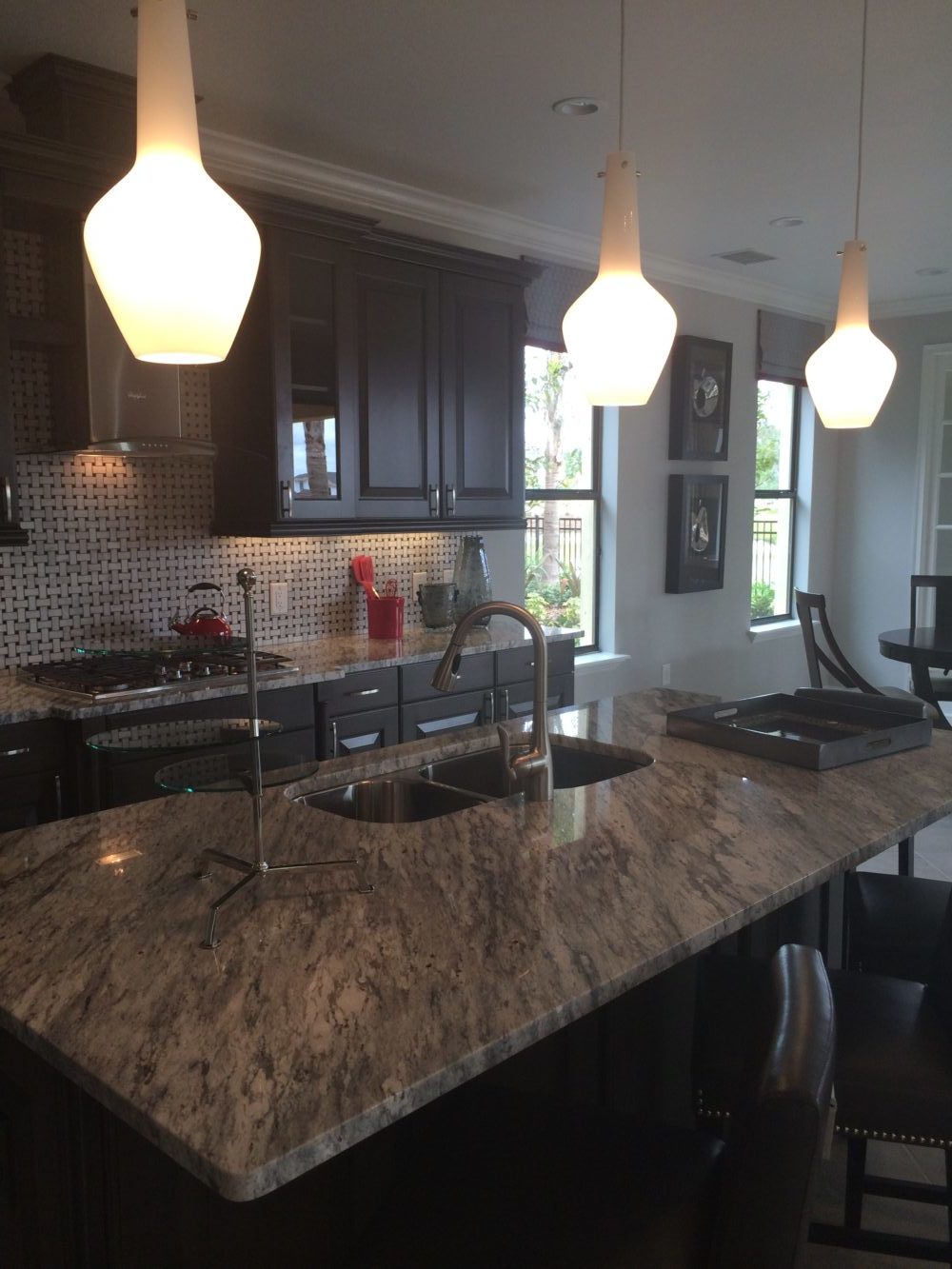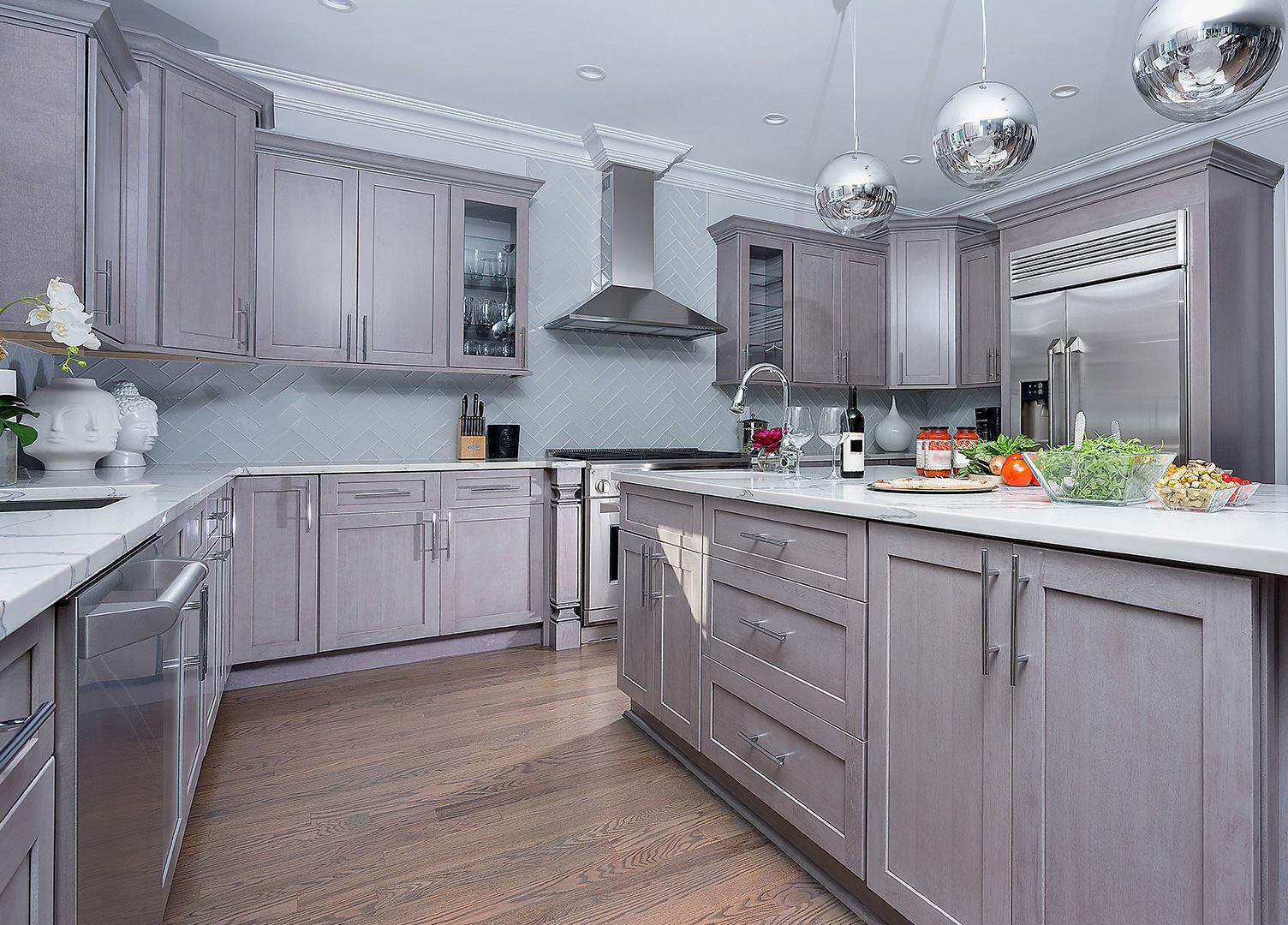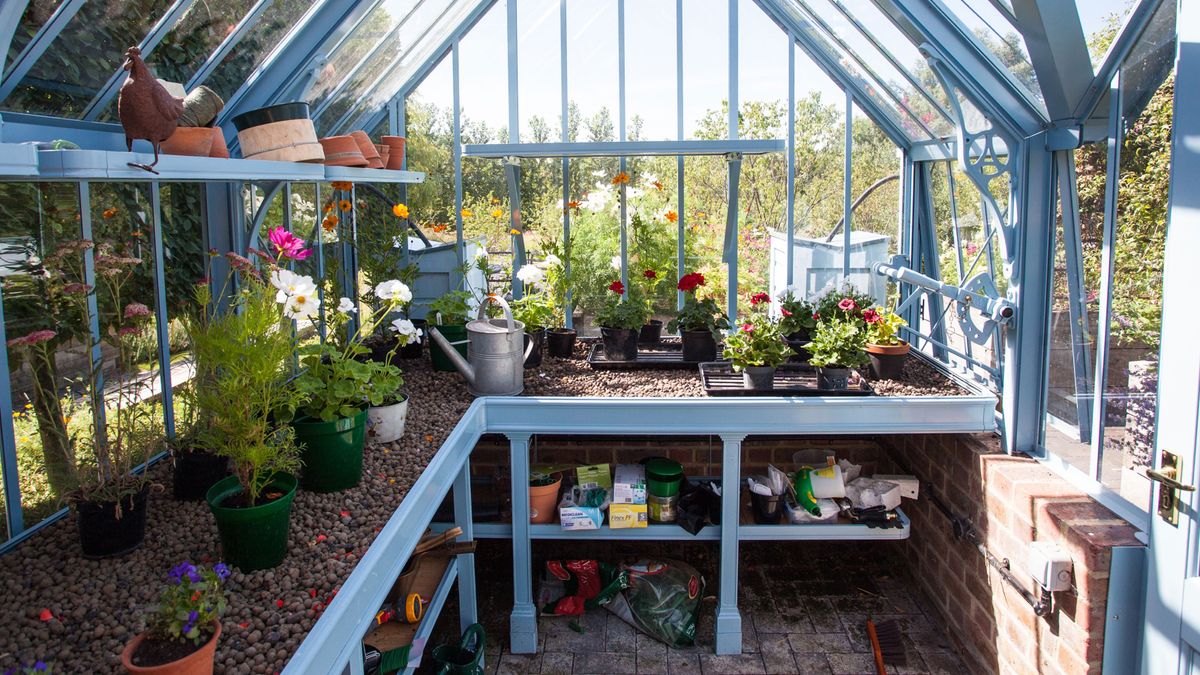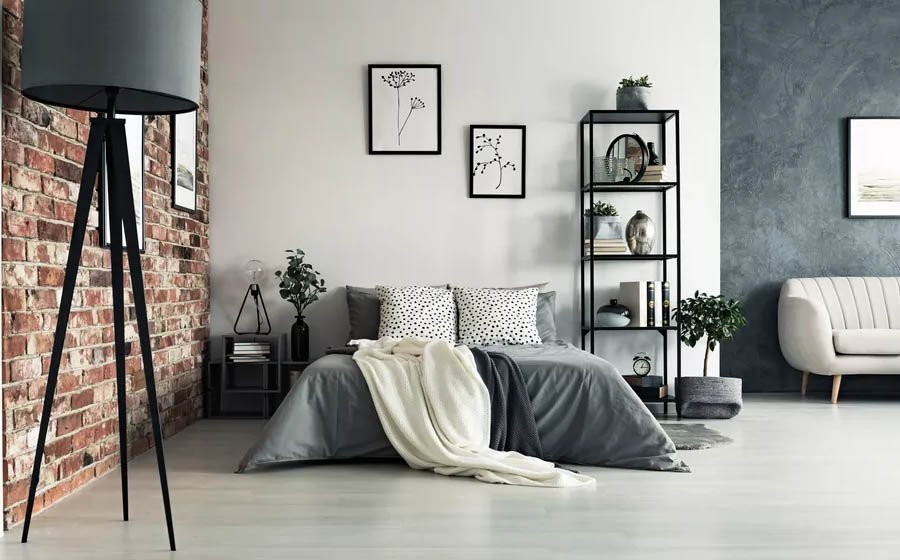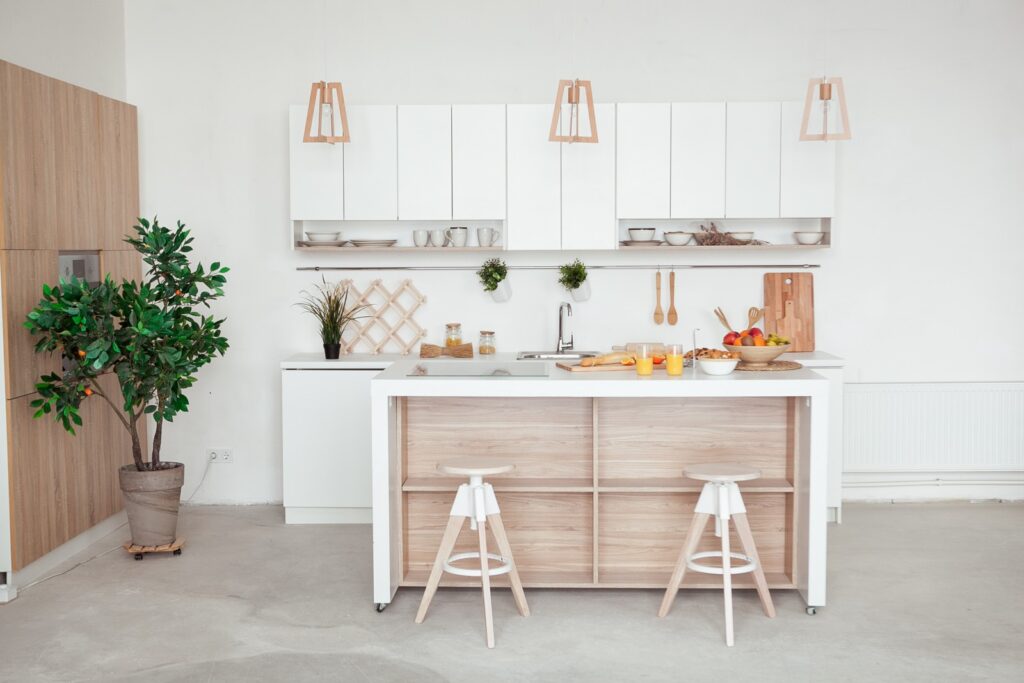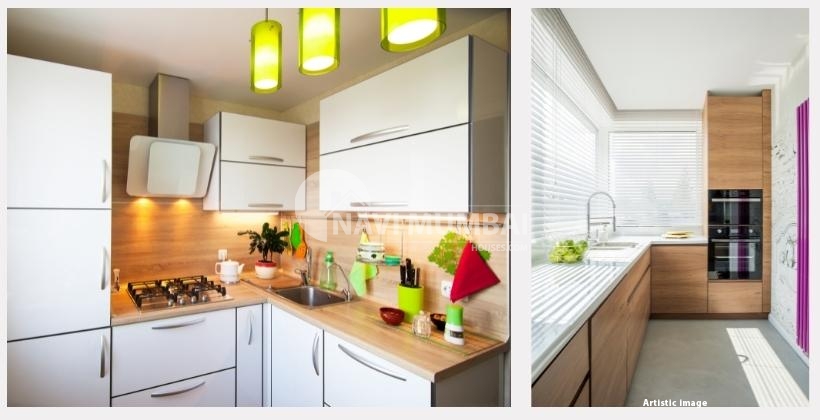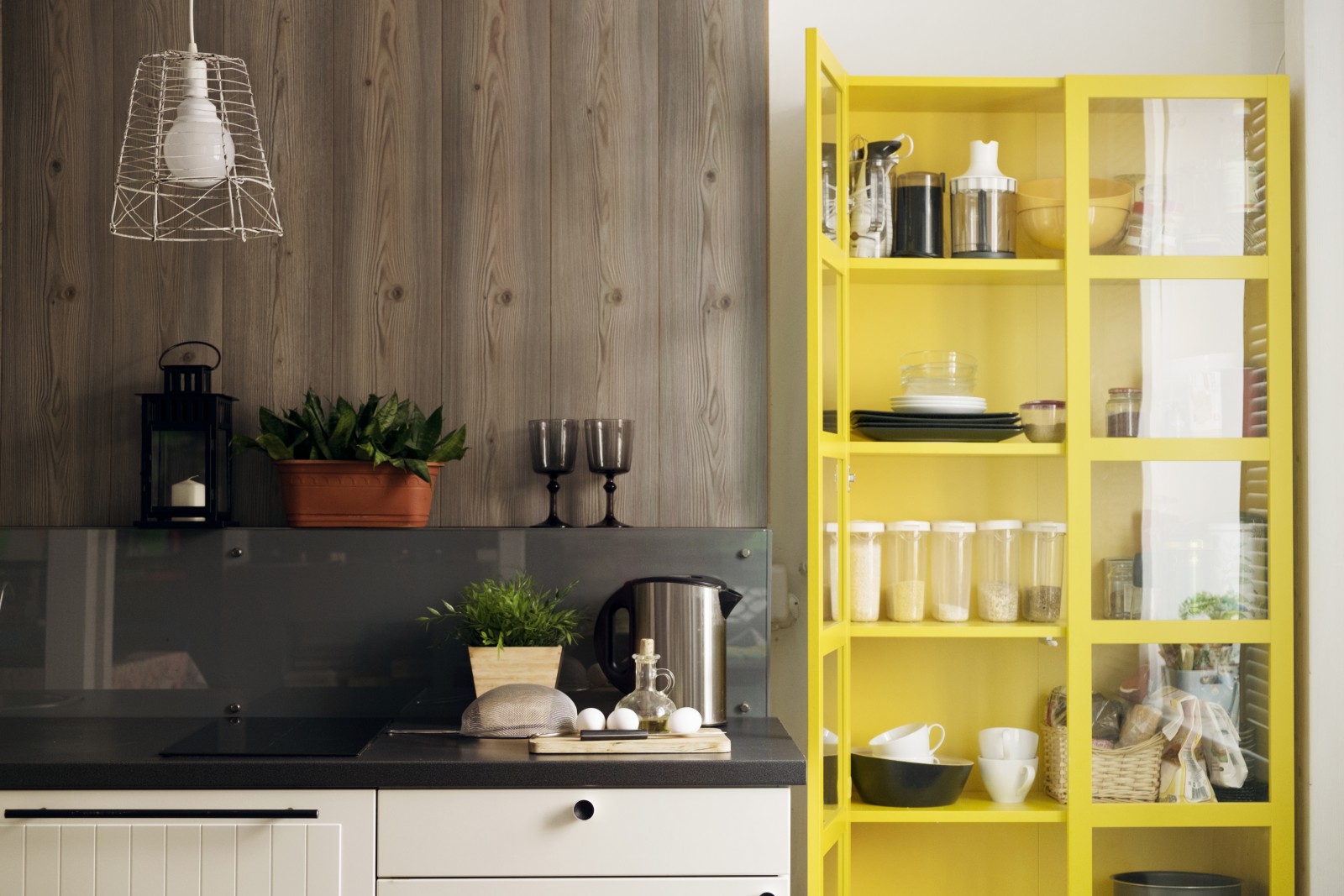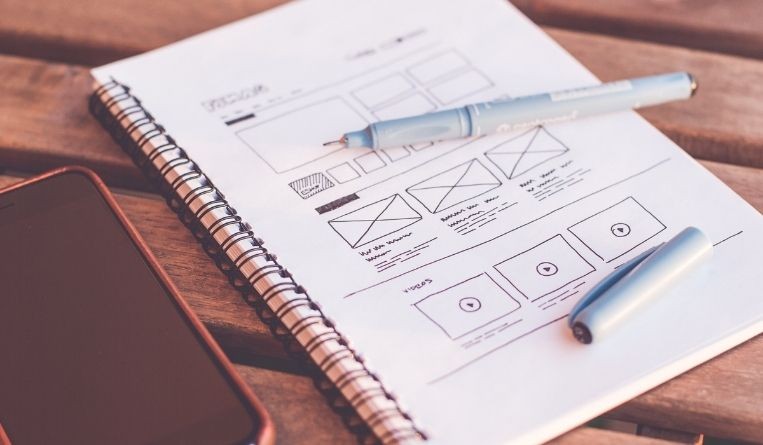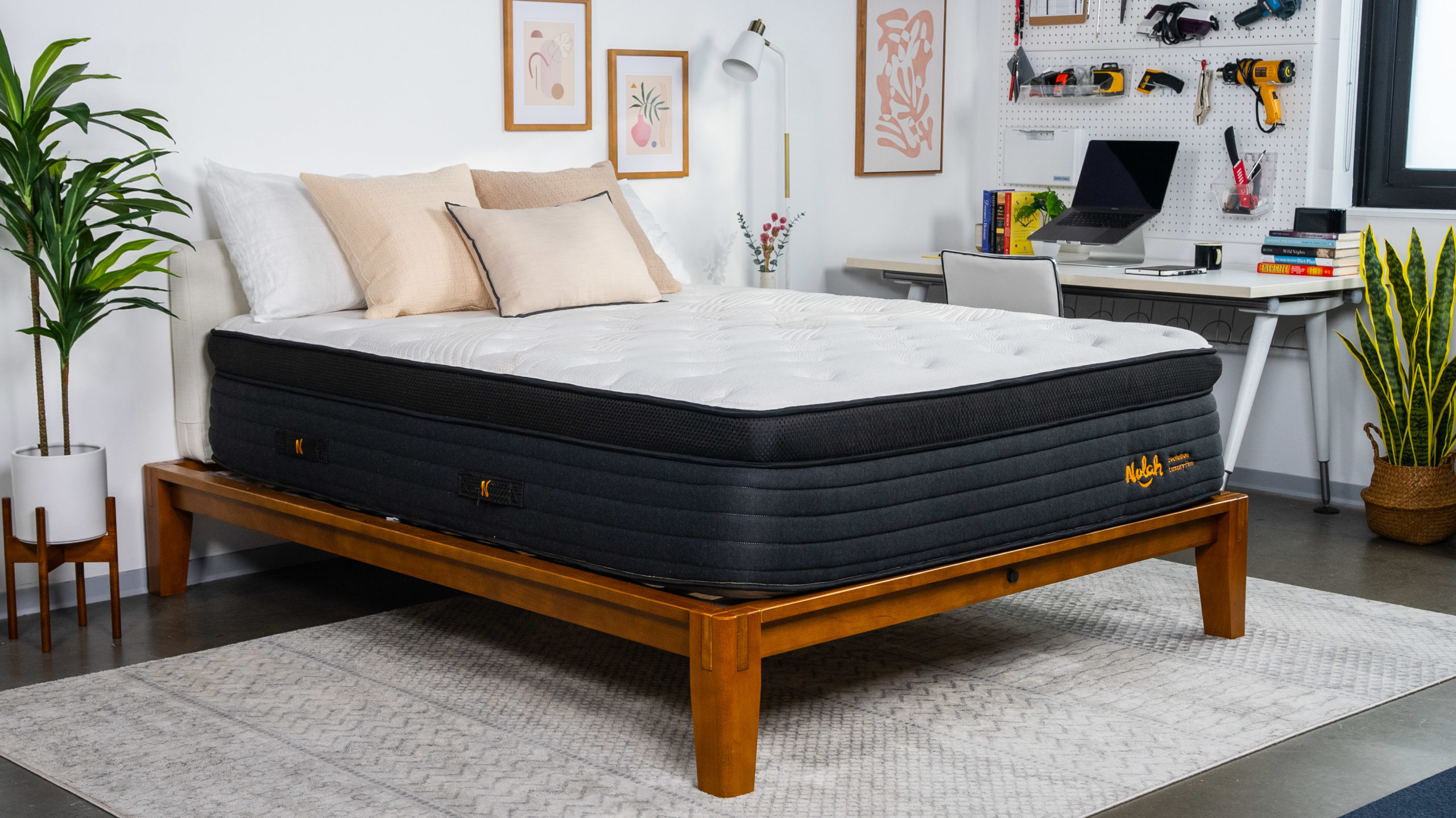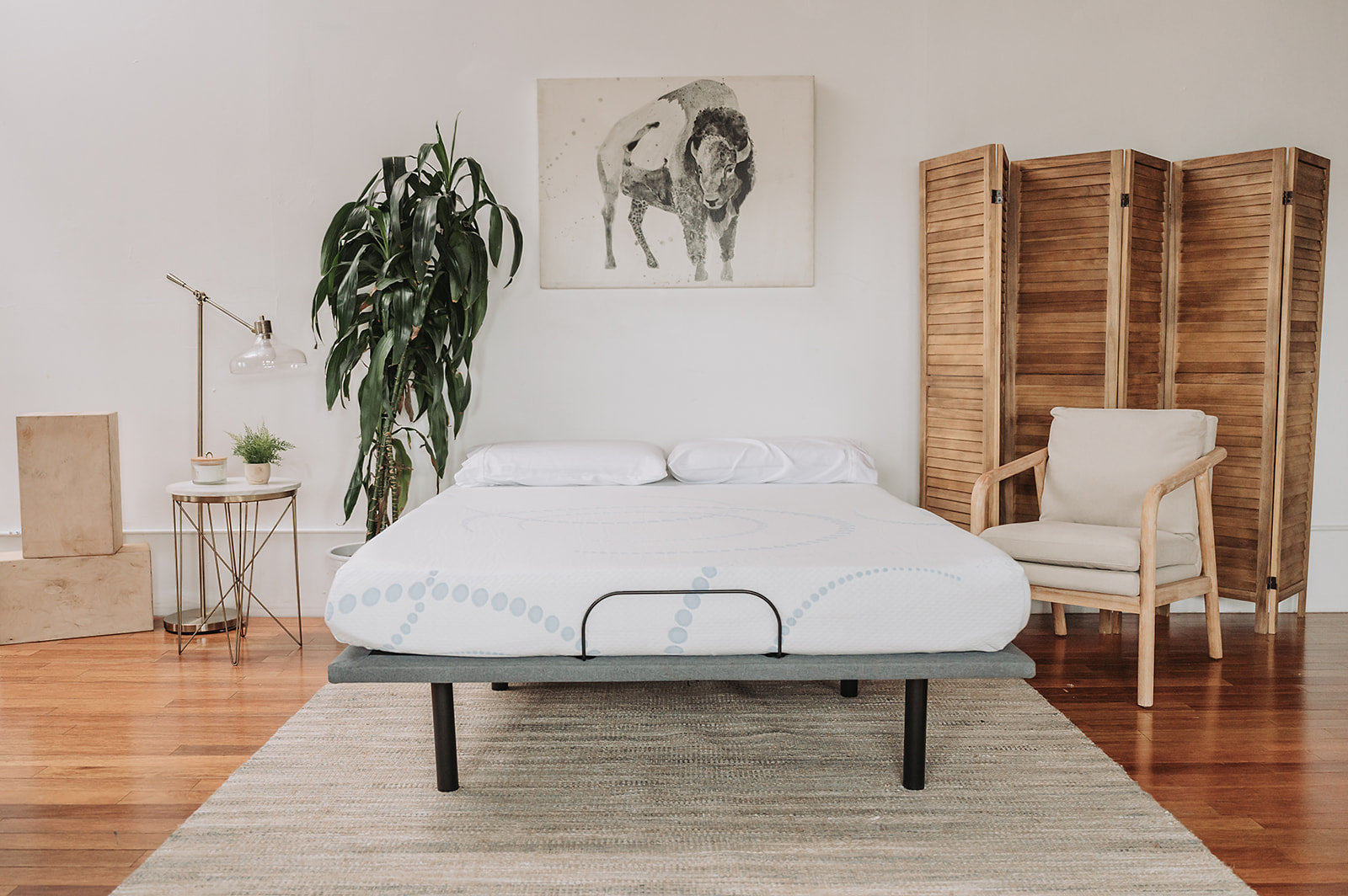1. Kitchen Design and Measurements: A Comprehensive Guide
Designing a kitchen can be an exciting and daunting task. It's a space where we spend a significant amount of time, cooking, eating, and gathering with loved ones. Therefore, it's essential to get the design and measurements right to ensure a functional and aesthetically pleasing kitchen. In this comprehensive guide, we will discuss everything you need to know about kitchen design and measurements.
2. How to Accurately Measure Your Kitchen for Design
Accurate measurements are crucial when it comes to designing a kitchen. Before you start planning, it's essential to measure the space accurately and note down the dimensions. This includes the length and width of the room, as well as the height of the walls and any obstacles such as doors, windows, or vents. You can use a measuring tape or a laser measure for precise measurements.
3. The Importance of Proper Measurements in Kitchen Design
Proper measurements are vital for a successful kitchen design. They help you determine the layout and placement of appliances, cabinets, and other elements. With accurate measurements, you can avoid costly mistakes and ensure that everything fits perfectly in the space. It also allows you to plan for any necessary modifications, such as moving plumbing or electrical outlets.
4. Tips for Designing a Functional Kitchen Layout
When it comes to kitchen design, functionality should be a top priority. A well-designed layout can make all the difference in how smoothly your kitchen operates. Consider the work triangle, which includes the sink, stove, and refrigerator, and ensure that they are placed within easy reach of each other. Also, think about the flow of traffic and leave enough space for people to move around comfortably.
5. Understanding Standard Kitchen Measurements for Design
While every kitchen is unique, there are standard measurements that can guide your design process. For example, the standard height for a countertop is 36 inches, while the depth is usually 24 inches. Upper cabinets are typically 12 inches deep, while base cabinets can range from 24 to 30 inches deep. Knowing these measurements can help you plan and visualize your kitchen design better.
6. Common Mistakes to Avoid in Kitchen Design and Measurements
When designing a kitchen, it's essential to be aware of common mistakes that can be easily avoided. One of the most common mistakes is not leaving enough counter space, which can make cooking and food preparation challenging. Another mistake is not factoring in enough storage, resulting in a cluttered and disorganized kitchen. Always double-check your measurements and plan carefully to avoid these and other design blunders.
7. Using Technology for Precise Kitchen Measurements and Design
In this digital age, technology has made designing a kitchen easier and more accurate than ever before. With the help of design software and apps, you can create a virtual model of your kitchen, experiment with different layouts and designs, and get precise measurements. This can save time, money, and effort, as well as provide a clear visualization of the final result.
8. Designing a Small Kitchen: Maximizing Space with Accurate Measurements
Designing a small kitchen can be challenging, but with accurate measurements and a well-thought-out plan, you can make the most of the available space. Consider using compact appliances, installing shelves instead of bulky cabinets, and utilizing vertical storage. Accurate measurements are crucial in a small kitchen to ensure that every inch is utilized efficiently.
9. The Role of Measurements in Custom Kitchen Design
If you're planning a custom kitchen, precise measurements are even more critical. Custom cabinets, countertops, and other elements are made to fit your specific space, so it's essential to provide accurate measurements to the designer or contractor. Any discrepancies can result in ill-fitting and costly changes. Therefore, it's crucial to measure multiple times and confirm the measurements with your designer before finalizing the design.
10. Kitchen Design and Measurements: Finding the Right Balance Between Aesthetics and Functionality
As with any design project, finding the right balance between aesthetics and functionality is key. While it's essential to have a beautiful and visually appealing kitchen, it should also be practical and functional for everyday use. Accurate measurements play a crucial role in achieving this balance. They ensure that the design looks great and works well for your specific needs and preferences.
Kitchen Design and Measurements: The Key to a Functional and Beautiful Kitchen

The Importance of Proper Kitchen Design
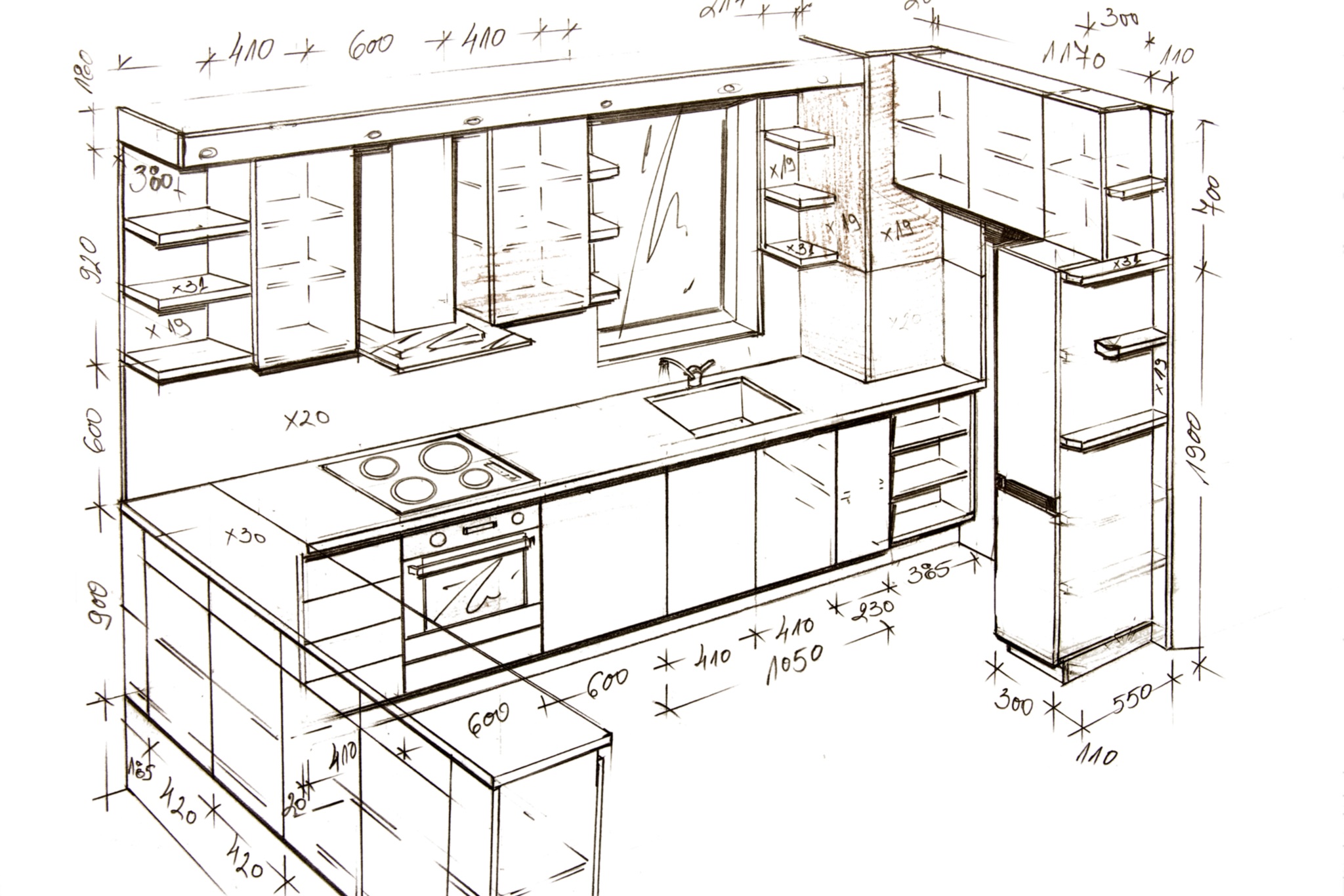 When it comes to designing a house, the kitchen is often considered the heart of the home. It is the space where meals are prepared, memories are made, and families gather. As such, it is essential to have a kitchen that is not only aesthetically pleasing but also functional. This is where proper kitchen design and measurements come into play.
Kitchen design
involves planning the layout, choosing the right materials and finishes, and incorporating the necessary appliances and fixtures. It is a crucial step in creating a space that not only looks good but also works well for the homeowner's needs.
Measurements
, on the other hand, are equally important as they determine the spatial requirements and ensure that everything fits perfectly in the given space.
When it comes to designing a house, the kitchen is often considered the heart of the home. It is the space where meals are prepared, memories are made, and families gather. As such, it is essential to have a kitchen that is not only aesthetically pleasing but also functional. This is where proper kitchen design and measurements come into play.
Kitchen design
involves planning the layout, choosing the right materials and finishes, and incorporating the necessary appliances and fixtures. It is a crucial step in creating a space that not only looks good but also works well for the homeowner's needs.
Measurements
, on the other hand, are equally important as they determine the spatial requirements and ensure that everything fits perfectly in the given space.
The Key Elements of Kitchen Design
 When it comes to designing a kitchen, there are a few key elements that should be taken into consideration. These include the work triangle, storage options, and lighting. The
work triangle
refers to the distance between the sink, stove, and refrigerator. This triangular layout is essential in creating an efficient and functional kitchen.
Storage options
are also crucial in a kitchen as they help keep the space clutter-free and organized. Finally, proper
lighting
is essential in creating a functional and inviting space.
When it comes to designing a kitchen, there are a few key elements that should be taken into consideration. These include the work triangle, storage options, and lighting. The
work triangle
refers to the distance between the sink, stove, and refrigerator. This triangular layout is essential in creating an efficient and functional kitchen.
Storage options
are also crucial in a kitchen as they help keep the space clutter-free and organized. Finally, proper
lighting
is essential in creating a functional and inviting space.
The Role of Measurements in Kitchen Design
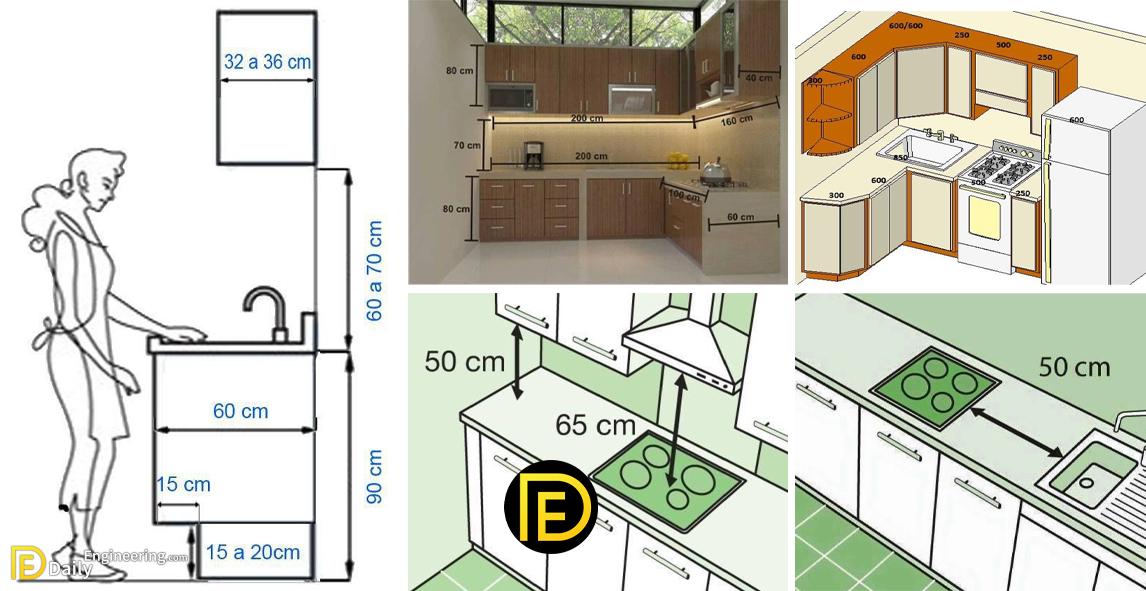 Accurate measurements are crucial in creating a functional and visually appealing kitchen. They ensure that all the necessary elements fit seamlessly in the given space, and there is enough room for movement. Measurements are also essential when it comes to choosing appliances and fixtures, as they need to fit perfectly in the designated areas. Without proper measurements, a kitchen design can quickly go awry, leading to a space that is neither functional nor aesthetically pleasing.
In conclusion,
kitchen design
and
measurements
are crucial elements in creating a beautiful and functional kitchen. They work hand in hand to ensure that the space is not only visually appealing but also works well for the homeowner's needs. It is essential to consult a professional designer and take accurate measurements to achieve the desired results. By paying attention to these key elements, homeowners can create a kitchen that is not only the heart of their home but also a space that they are proud to show off to their guests.
Accurate measurements are crucial in creating a functional and visually appealing kitchen. They ensure that all the necessary elements fit seamlessly in the given space, and there is enough room for movement. Measurements are also essential when it comes to choosing appliances and fixtures, as they need to fit perfectly in the designated areas. Without proper measurements, a kitchen design can quickly go awry, leading to a space that is neither functional nor aesthetically pleasing.
In conclusion,
kitchen design
and
measurements
are crucial elements in creating a beautiful and functional kitchen. They work hand in hand to ensure that the space is not only visually appealing but also works well for the homeowner's needs. It is essential to consult a professional designer and take accurate measurements to achieve the desired results. By paying attention to these key elements, homeowners can create a kitchen that is not only the heart of their home but also a space that they are proud to show off to their guests.



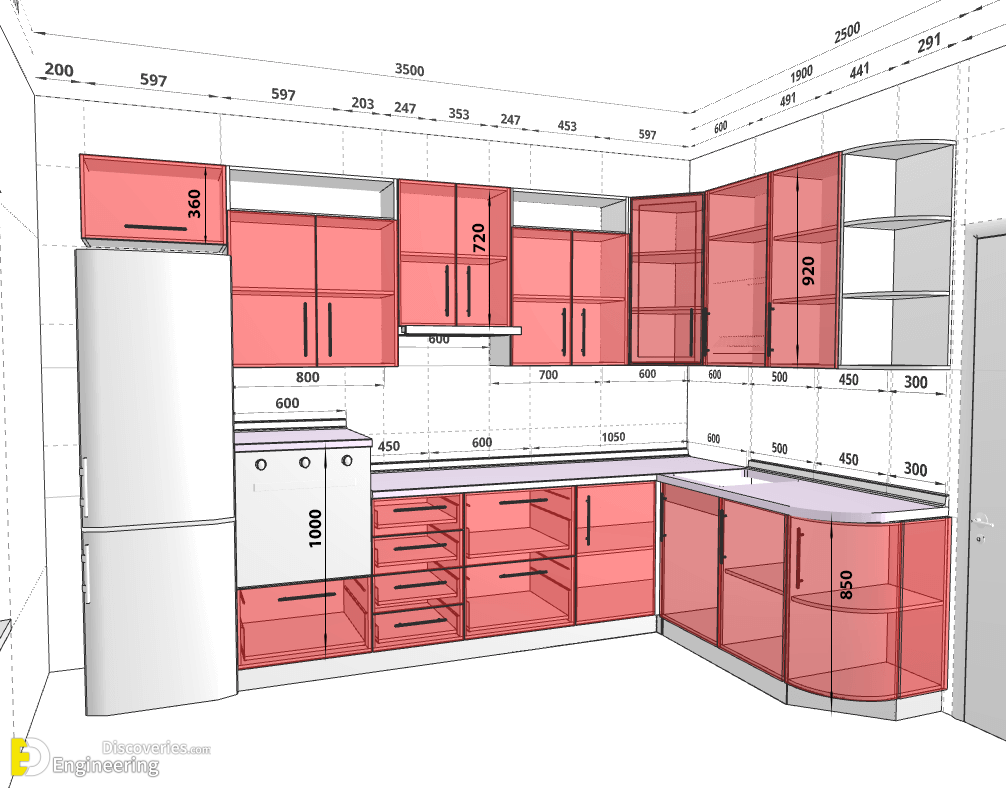
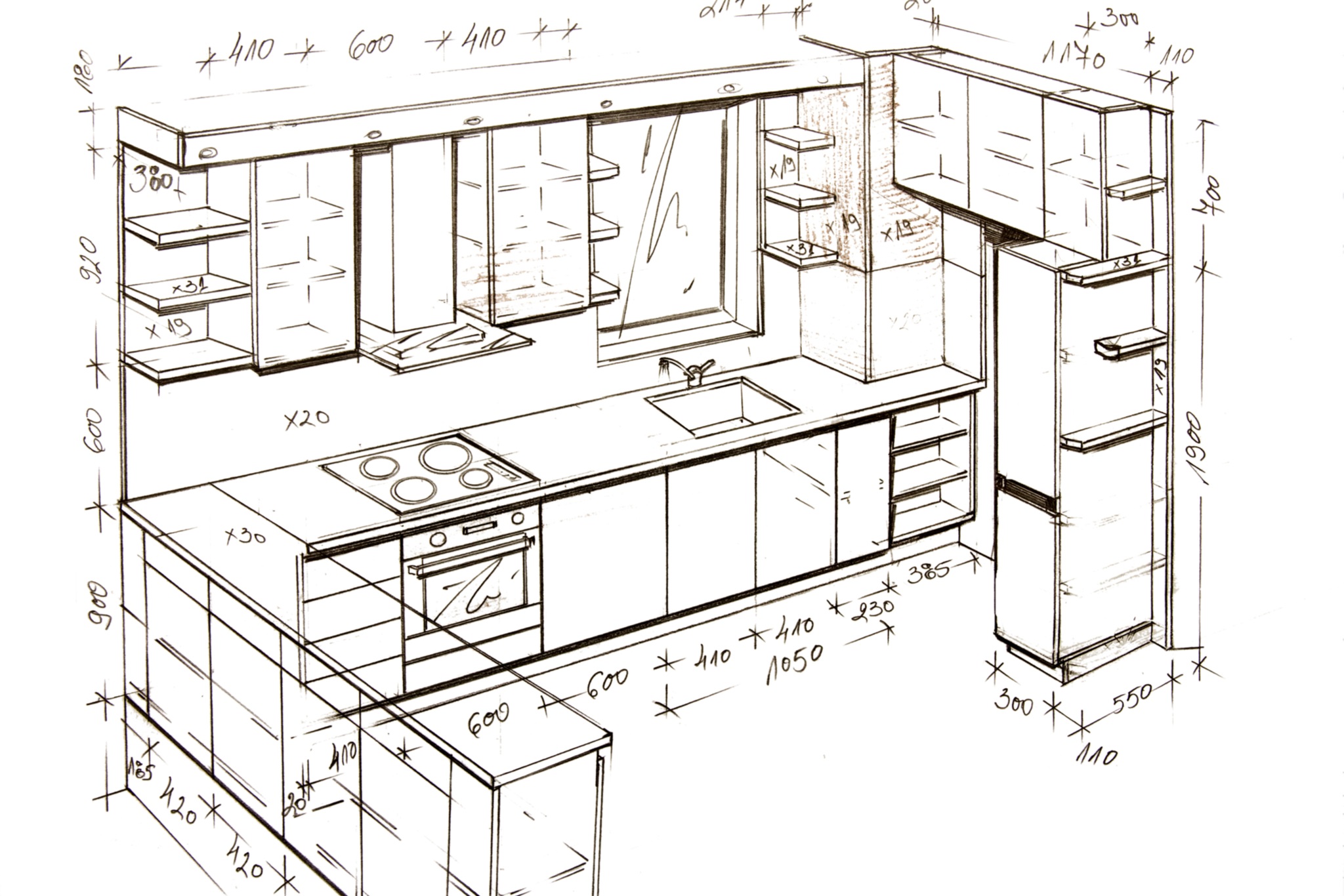
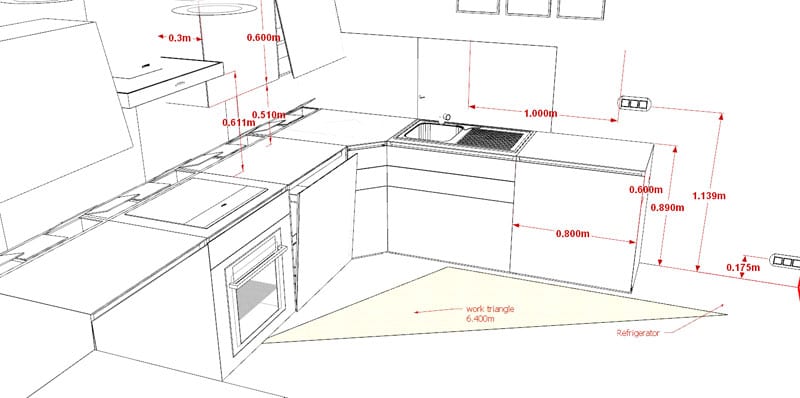
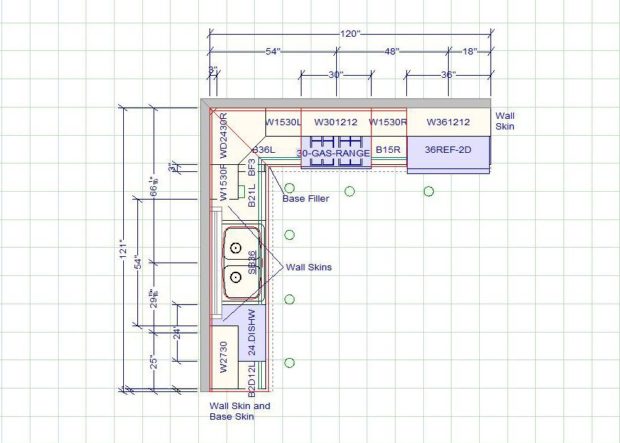
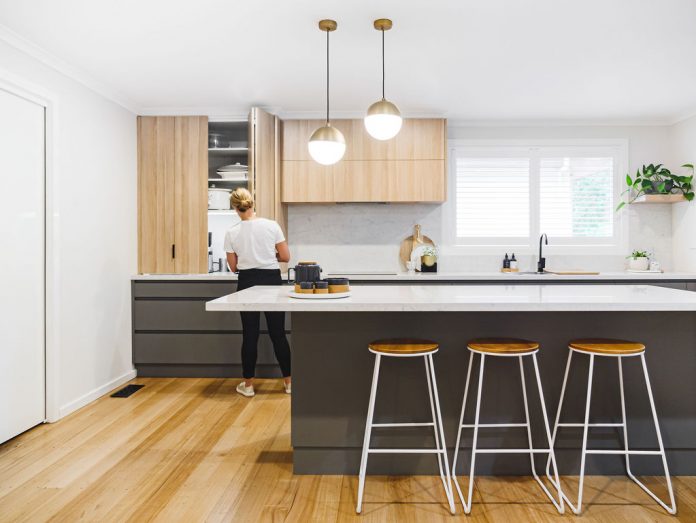








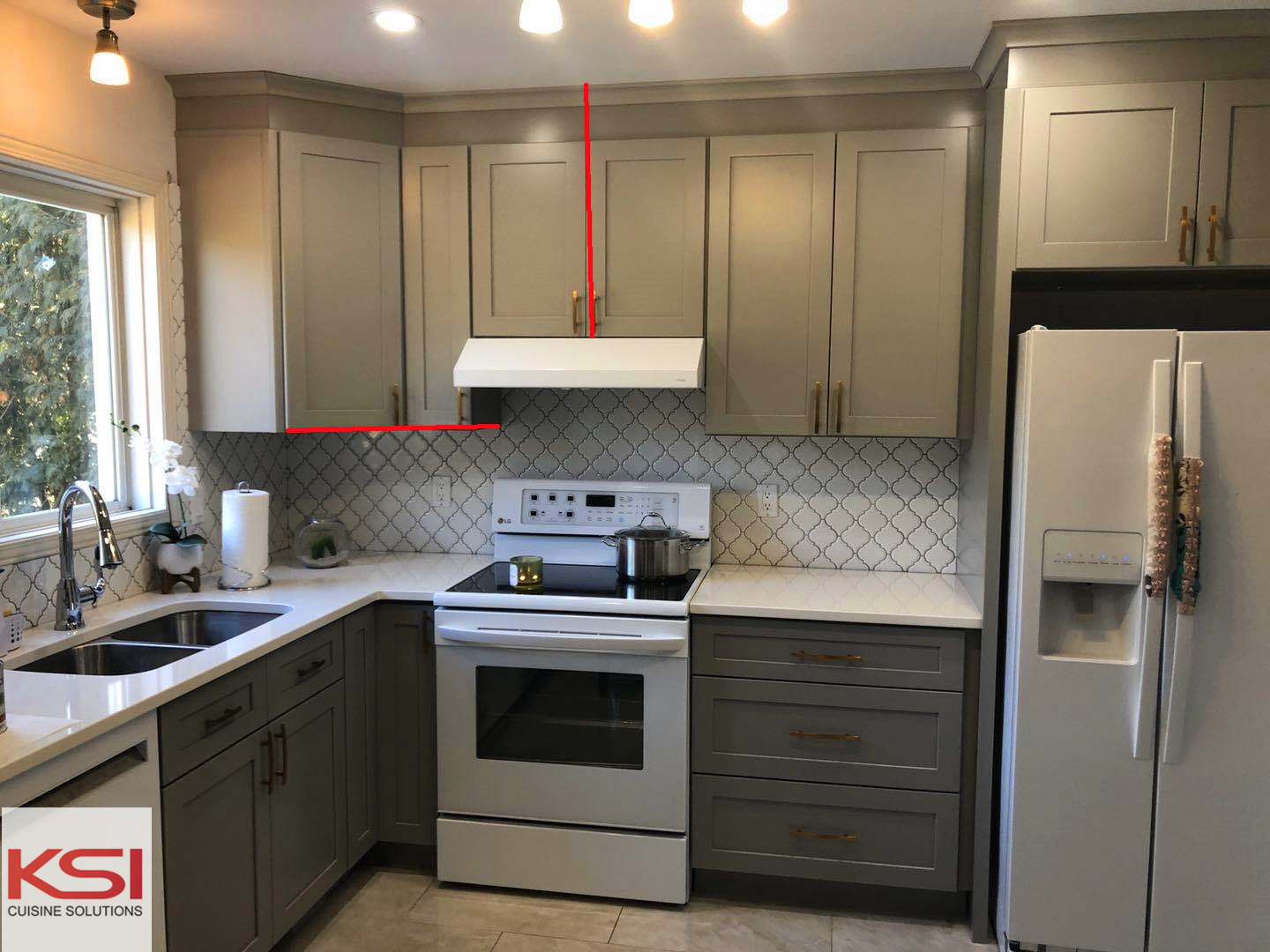


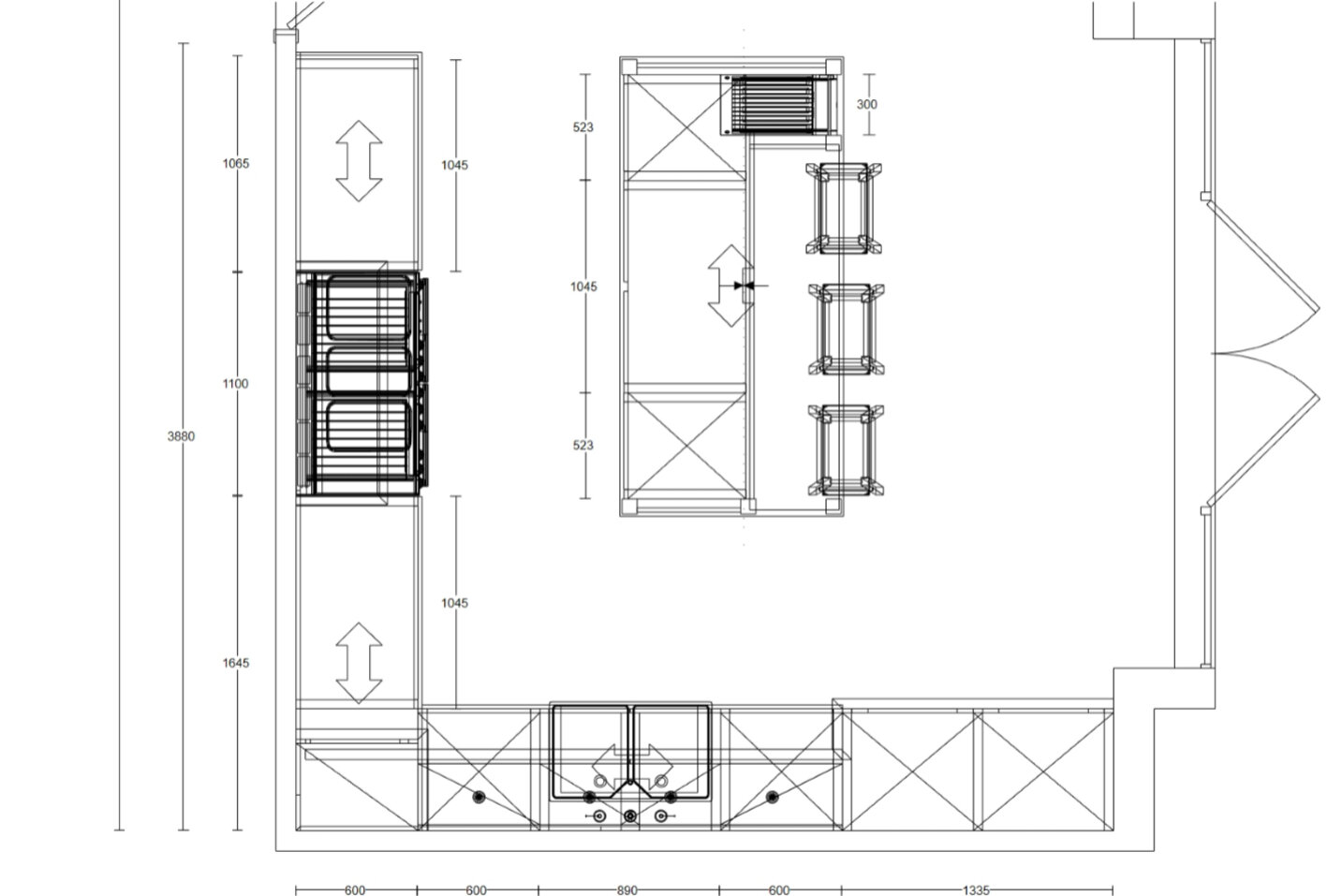
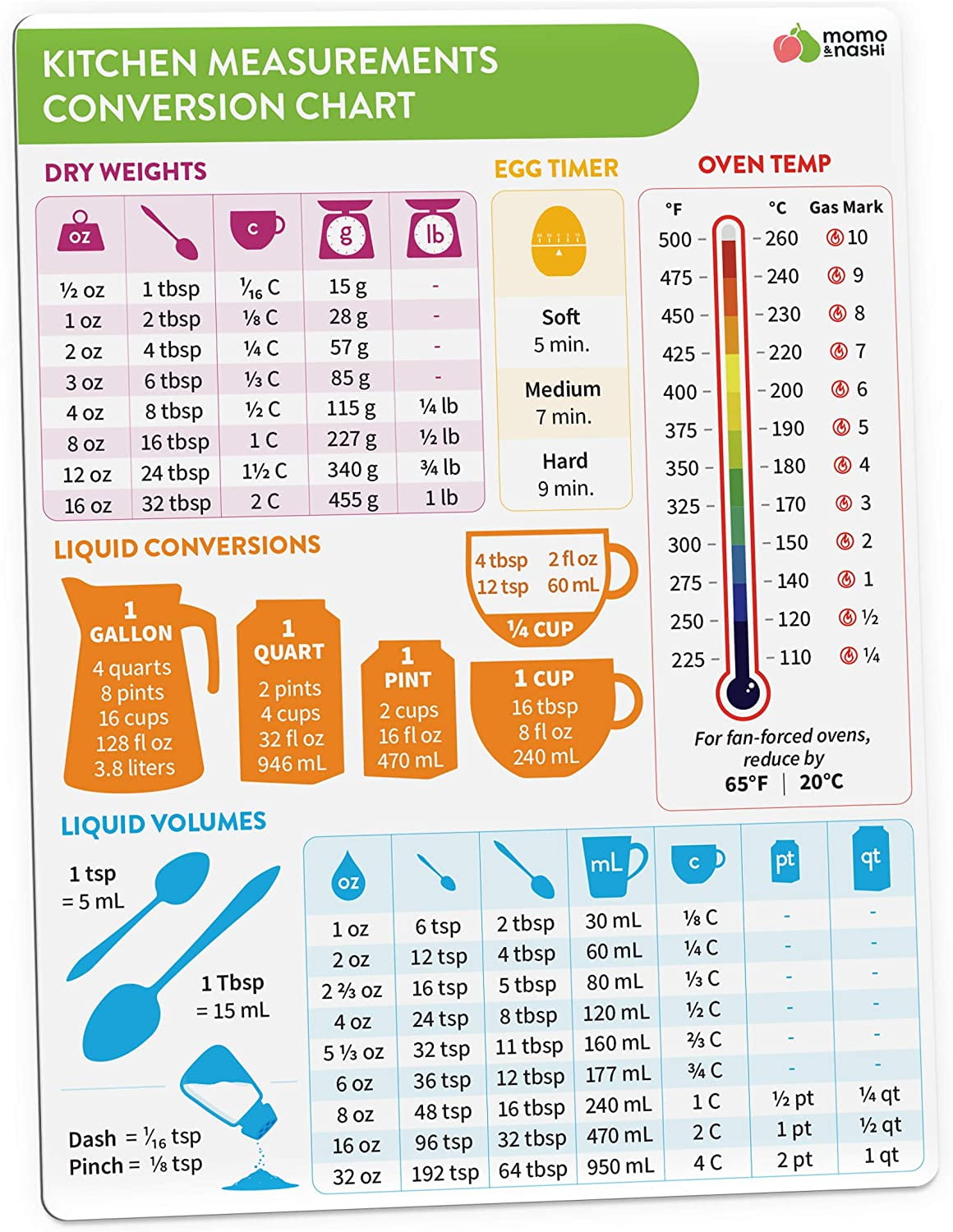




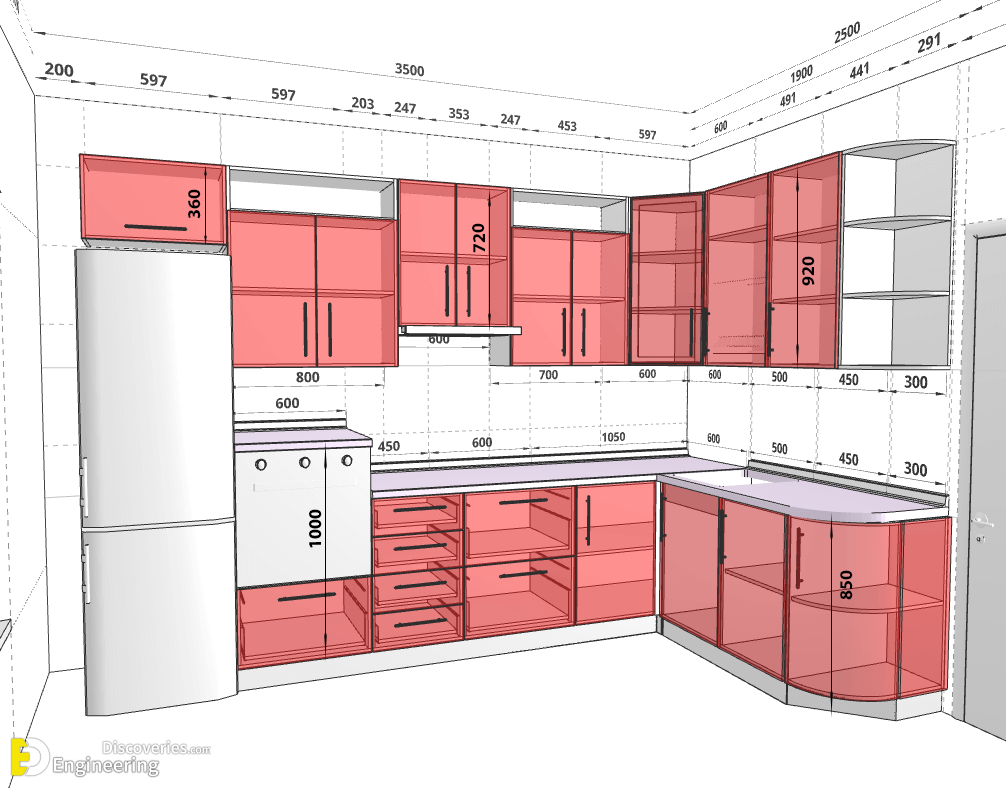

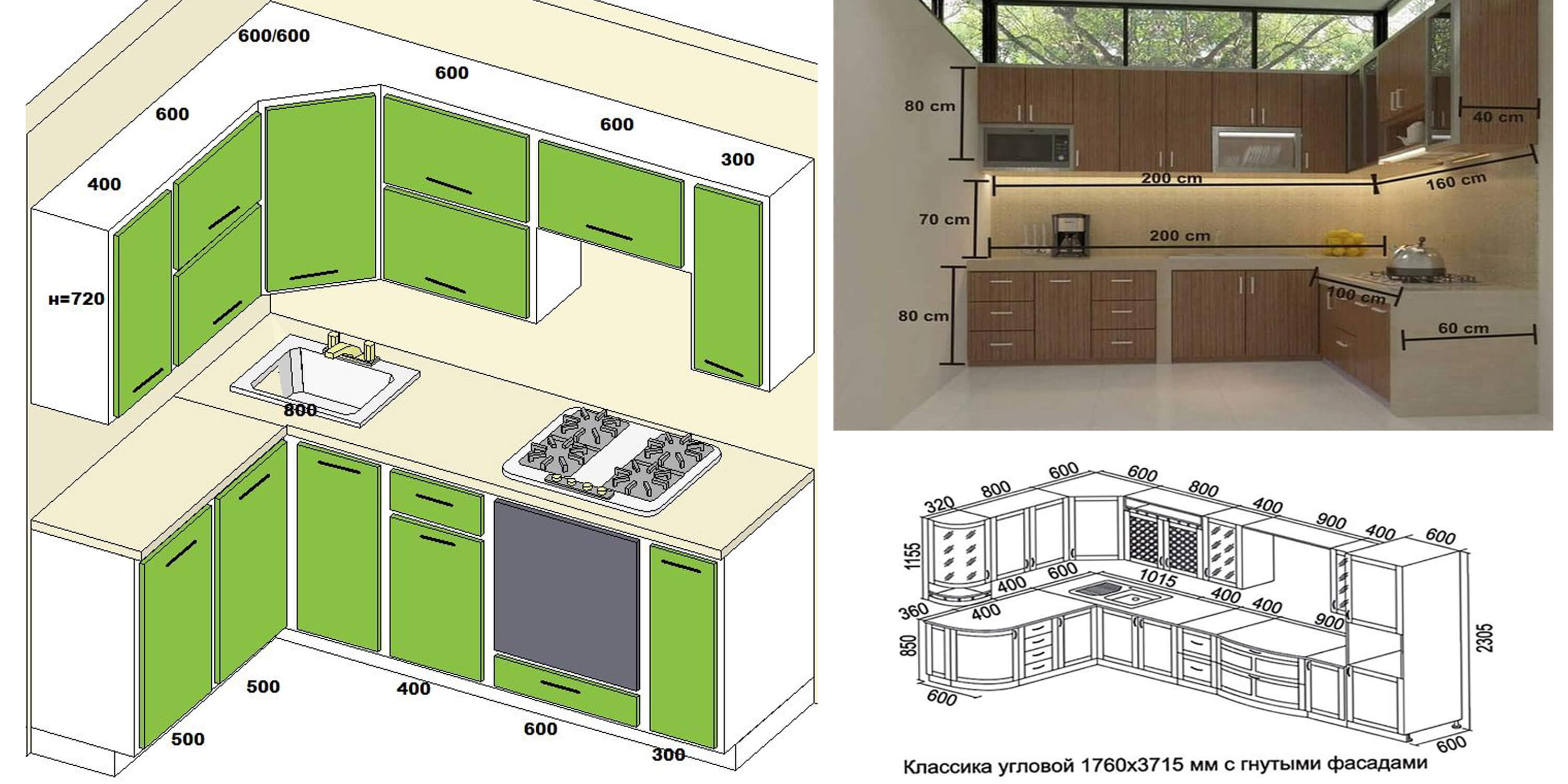
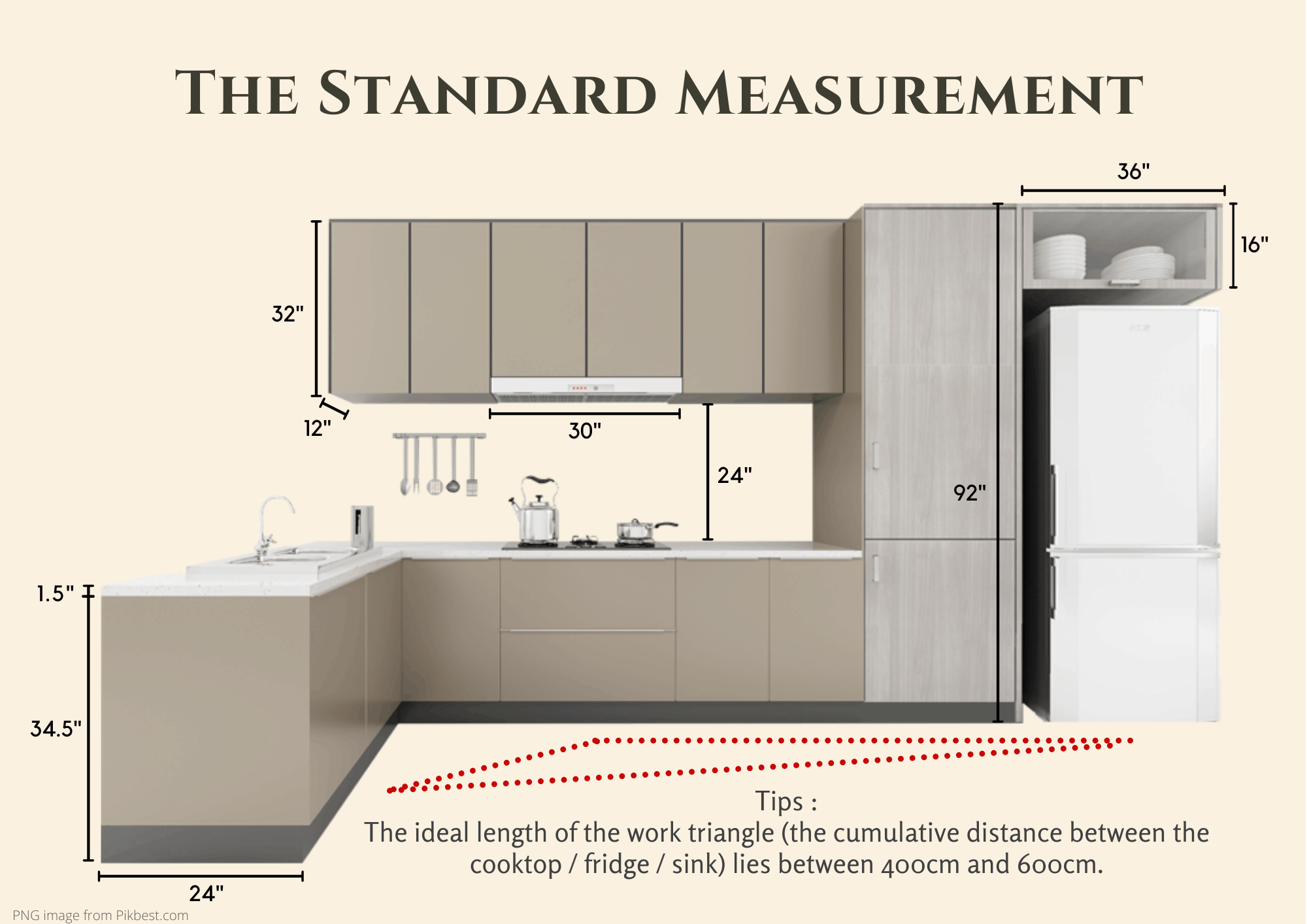

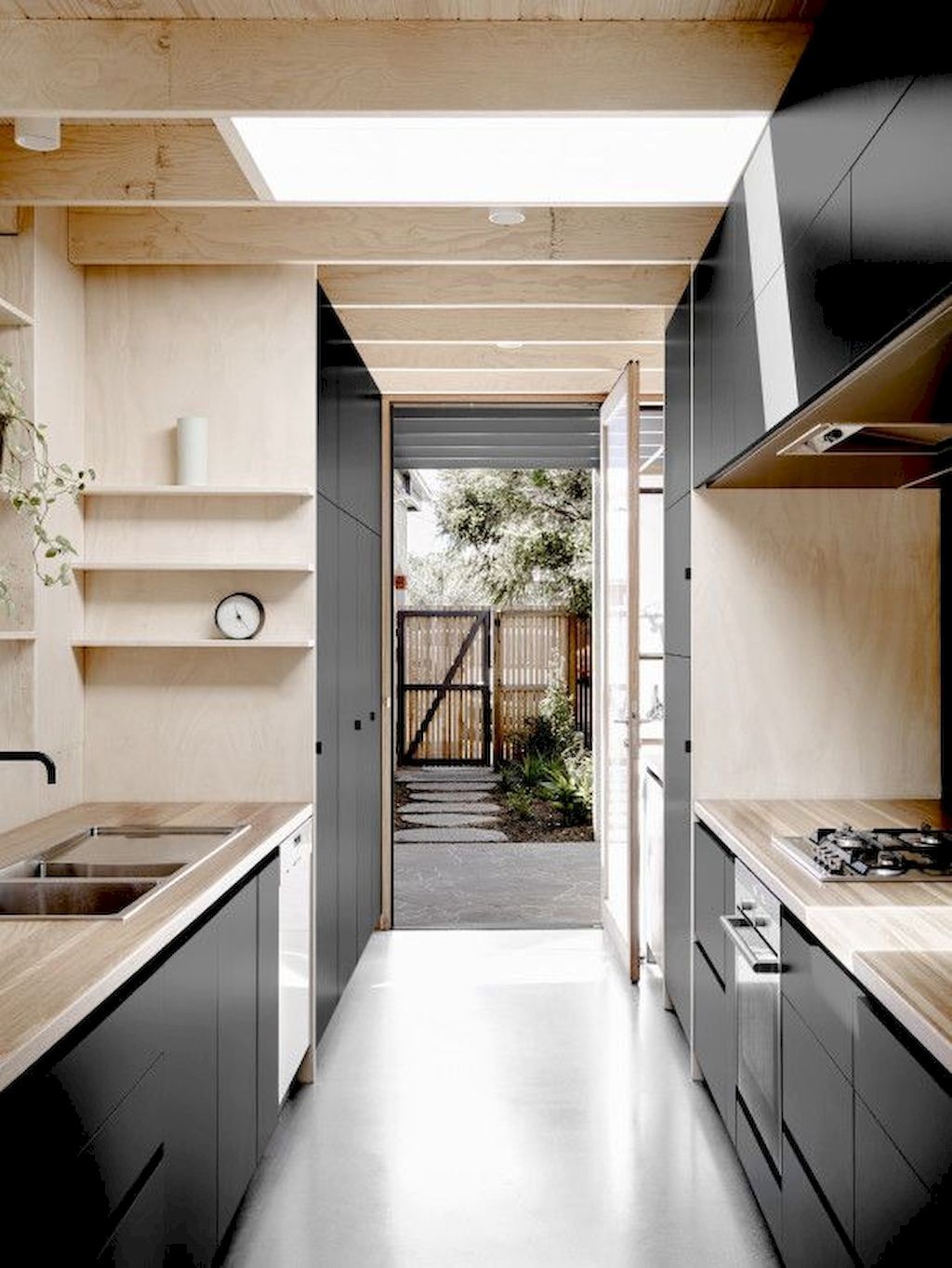





:max_bytes(150000):strip_icc()/181218_YaleAve_0175-29c27a777dbc4c9abe03bd8fb14cc114.jpg)
